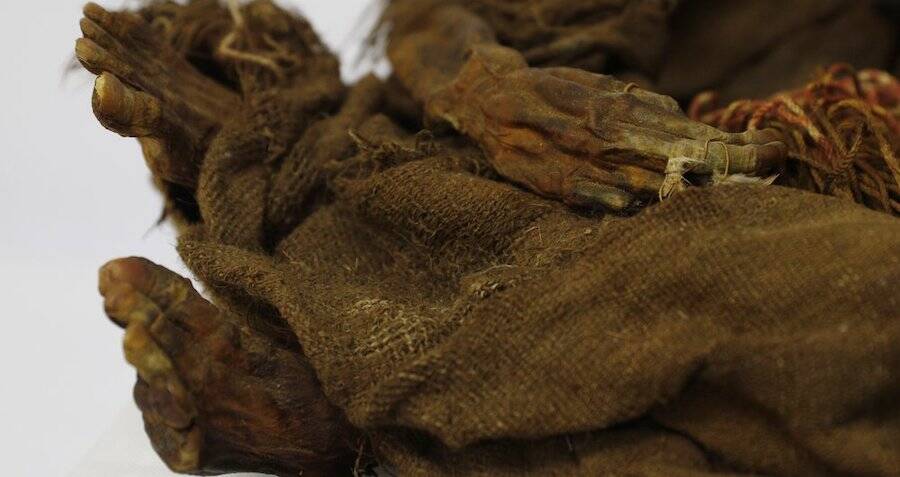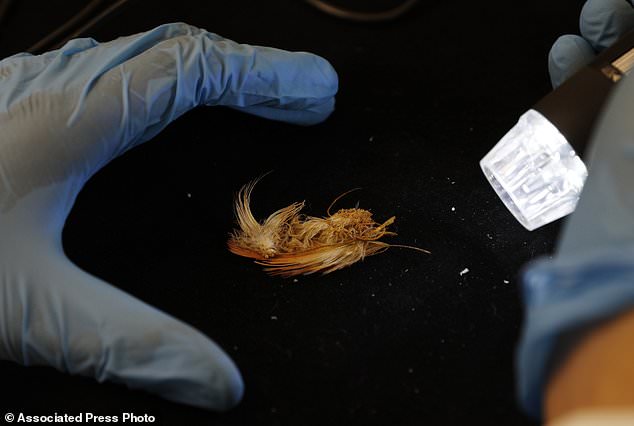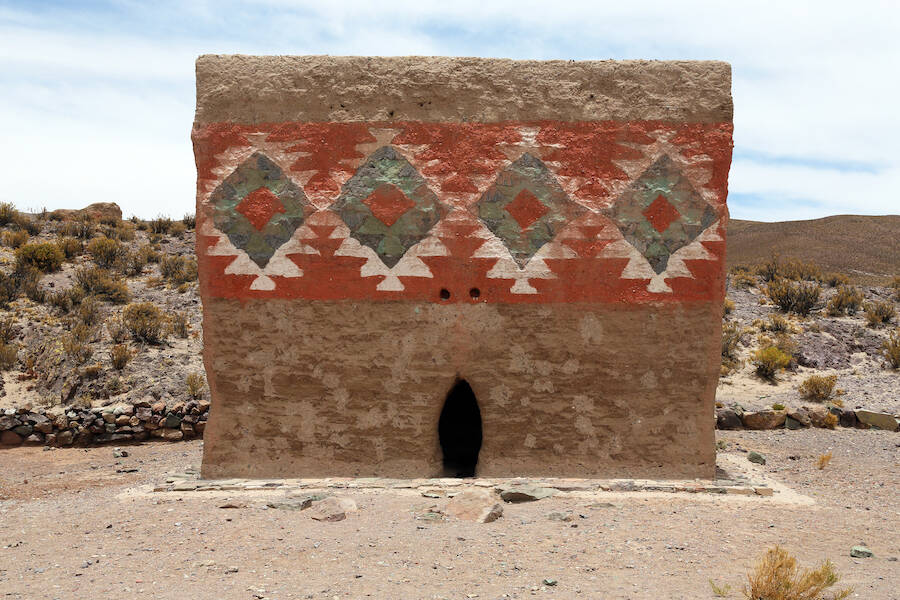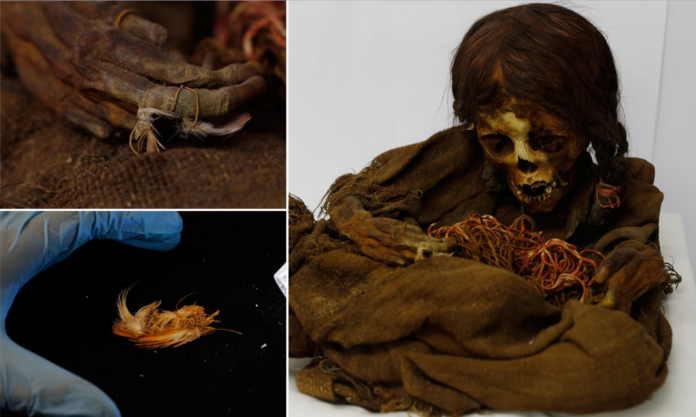In a historic moment for cultural preservation, a 500-year-old mummy of an Incan girl has been returned to Bolivia after spending 129 years at the Michigan State University Museum. This marks the first time human remains of archaeological significance have been repatriated to Bolivia, symbolizing a major achievement for both Bolivian heritage and international collaboration.

The Enigmatic Ñusta
The mummy, known as Ñusta—a Quechua term for “Princess”—has drawn attention due to its exceptional state of preservation. The girl’s black braids remain neatly combed, and her hands still clutch small feathers, a testament to the careful treatment of her burial. Experts believe she hailed from a region in the Andean highlands near La Paz during the final years of the Inca civilization. Radiocarbon dating suggests the mummy dates back to the latter half of the 15th century, a period before Christopher Columbus arrived in the Americas and the Spanish conquest of the Inca began. Although she is referred to as a princess, her true status remains uncertain and may only be clarified through future DNA analysis.

The Journey Back to Bolivia
With the assistance of the U.S. Embassy in La Paz, the mummy was returned to Bolivia. Bolivian scholars and international experts are scheduled to begin a new study by November. In the interim, the funerary artifacts that accompanied the mummy will be showcased to the public during a celebration of the dead on November 2nd.

Significance and Preservation Efforts
Bolivian Culture Minister Wilma Alanoca highlighted the importance of this repatriation, noting that while Bolivia has reclaimed numerous archaeological items in recent years, this is the first instance of a body being returned. The mummy’s repatriation not only holds profound cultural importance but also opens new opportunities for understanding the Incan civilization and its customs.
Believed to be part of the Aymara ethnic group known as the Pacajes, the mummy was originally placed in a stone tomb alongside sandals, a small clay jar, pouches, feathers, and various plants, including maize and coca. These offerings were likely meant to assist the deceased in their journey to the afterlife, a common belief among Andean civilizations.

Insights into Andean Culture
David Trigo, director of the National Archaeology Museum in La Paz, emphasized the importance of the well-preserved artifacts found with the mummy. These objects offer invaluable insights into a little-studied society. The girl’s burial attire, crafted from llama or alpaca fibers, further illustrates the cultural significance and craftsmanship of Incan and Aymara traditions.
The mummy is currently preserved in a refrigerated chamber at the National Archaeology Museum in La Paz, ensuring its continued protection and study. This careful preservation allows for ongoing research and public education on the Incan civilization.
Conclusion
The repatriation of the Incan ‘Princess’ Ñusta represents a pivotal event for Bolivia, underscoring the significance of preserving and honoring cultural heritage. As new research is conducted and more details emerge, Ñusta’s story will continue to enhance our understanding of the Incan civilization and its lasting impact. This event not only commemorates the return of a vital historical artifact but also strengthens international cooperation in the protection of cultural heritage.




